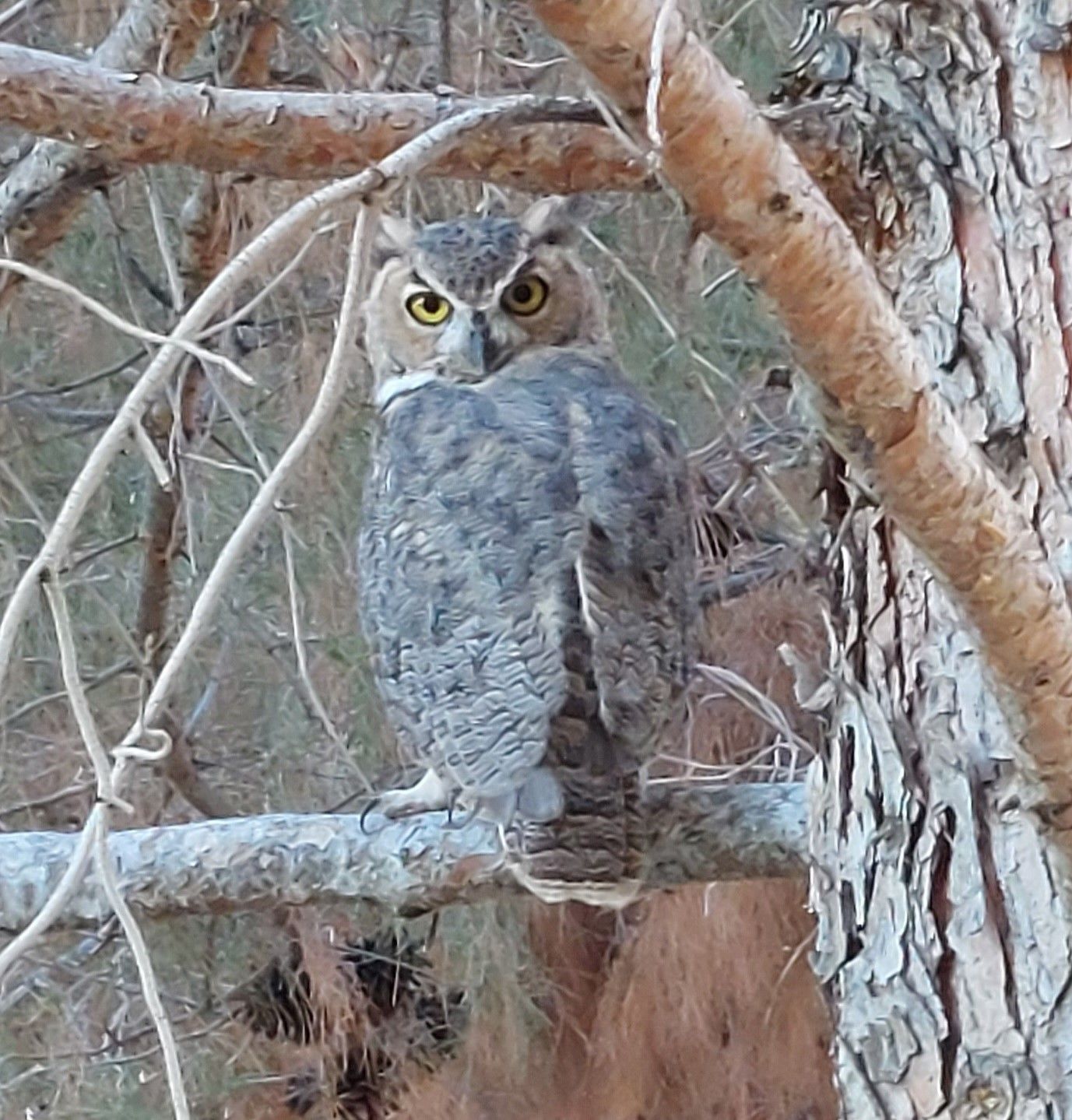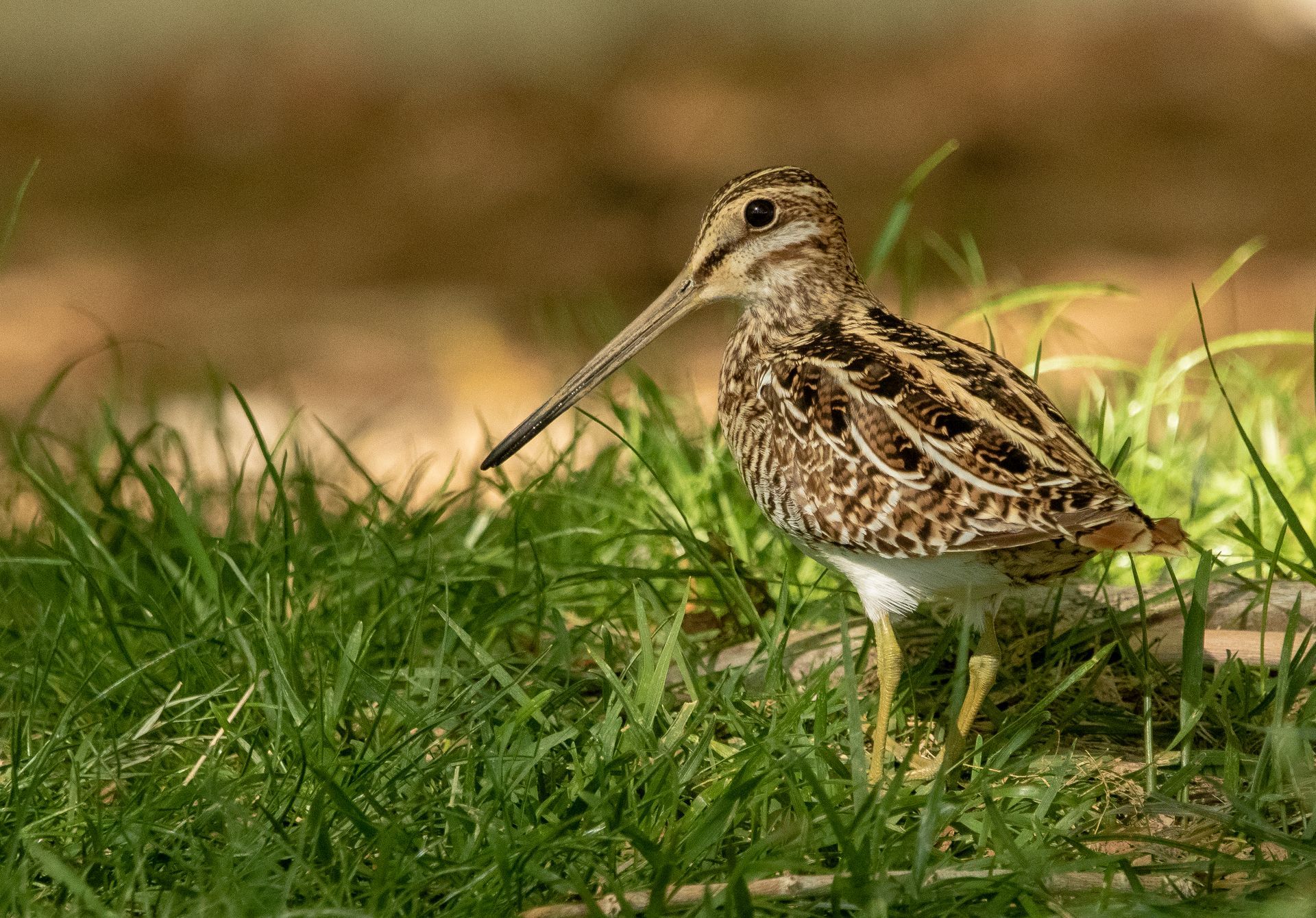An 11 Year Old's View of Birding

By Jackson Roth
Hi, my name is Jackson Roth. I am 11 years old and have been into birds for around a year and a half. My family and I take many vacations, and I have a lot of fun exploring new species in different areas of the country. We were in Yellowstone National Park when my mom first showed me Merlin. I had been interested in wildlife for a long time, but this is what started my focus on birds. Now it has become a tradition that when we arrive in new places, we put the phone down and start Sound ID going, then every few minutes check what we got. As it finds more species, I try to identify their calls and songs without Merlin’s help. My articles will talk about some of my experiences birding across the U.S., exploring different regions and habitats.
Living in Las Vegas means living in the middle of the desert. Bird-watching is a little trickier in the desert as we don’t have woods behind our house or many lakes nearby to see waterfowl. Pigeons, house sparrows, and house finches are the most common birds we get around here, and no one’s excited about seeing a pigeon. We rarely get any owl species, so I was thrilled when I heard that a park near us, Floyd Lamb, had a Great Horned Owl pair staying there.
After I showed them a recent eBird checklist with the owls, my family picked a day to search for the pair. On our way to some groves of trees, we passed a few of Floyd Lamb’s resident peafowl who greeted us with their trumpeted bugle calls. Picking a random clump of trees, we watched and waited for an hour or so but didn’t see any owls among the tall branches. My disappointment grew because we don’t go there very often, and I feared that the owls might be gone by our next visit. Finally, at dusk, we gave up. Walking back, I glanced out of the corner of my eye to see a dark shape swooping through the trees. I went on high alert and searched and searched but couldn’t find it again. Seeing our binoculars, a man walking past showed us a grove where he had seen the Great Horned Owls come out around 5:00. I was elated. I would get to see some owls! When it was light out! This would be the perfect opportunity to see a beautiful owl pair in the daylight.
Excited, we came back the next day to look for the owls. At 4:30, we went to the grove that the man had shown us. Or what we thought was the grove.
Since Great Horned Owls are mostly brown and many of the trees’ leaves were brown (it was fall), we knew that it would probably be hard to find them, so the three of us split up. And we looked. And looked. It had been nighttime when the man had pointed us to the grove that they came in, so we all thought we were looking in the correct spot. My father slightly misunderstood and went looking off in the desert scrub instead of the trees. My mother was looking two hills over from me. And so we each wandered, craning our necks to look up into trees. As the afternoon progressed, I began to worry that we had missed our chance at seeing the owls.
At last, I looked up to see a Cooper’s Hawk high up on a branch, staring down the Great Horned Owl male. I called to my parents, half-whispering, half-yelling (if that is possible) across the two hills. As my parents ran up, the Cooper’s Hawk flew away, and there they were. A male and a female Great Horned Owl. I could see their fluffy ear tufts so clearly. The female, with her wings spread, was sleeping up in a tree. The male was peering down at us with immense golden eyes. For a while the male fluffed his neck feathers to cool off. Watching them so close in the daylight was truly magnificent. We stayed with them for a while, fascinated.
We went home after that but still check for them once in a while when we go to Floyd Lamb Park. Great Horned Owls have been my favorite raptor ever since that evening.
RECENT ARTICLES



